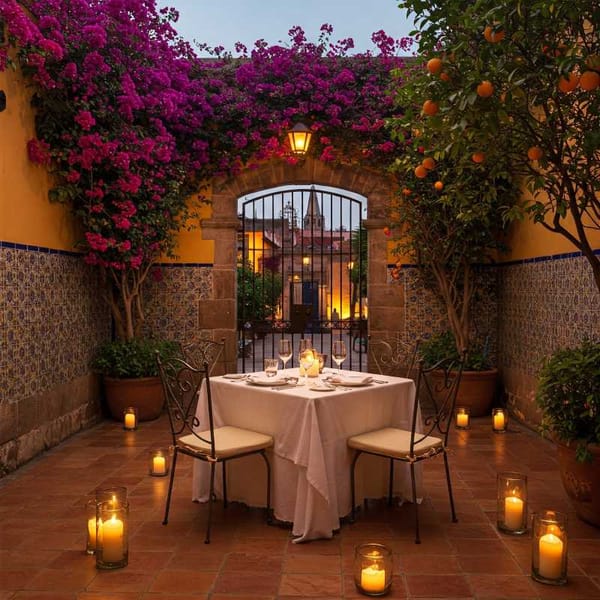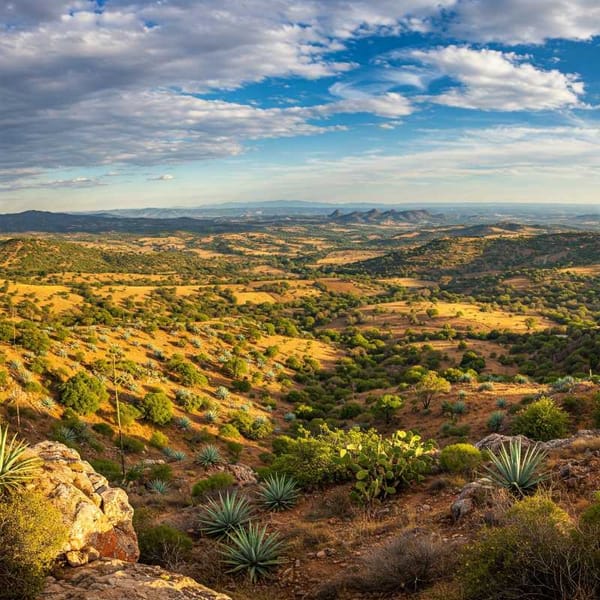The Origins of the Mexican Army in the Pre-Hispanic Era
War was common in pre-Hispanic settlements, war was part of the organization for the defense and domination over other societies; such activity was at its peak during the post-classic period (approximately between 900 and 1521), a process immediately after the Conquest of Mexico-Tenochtitlan.





